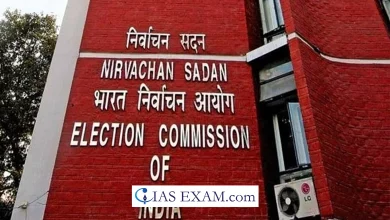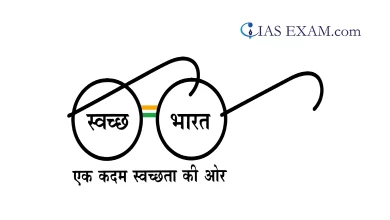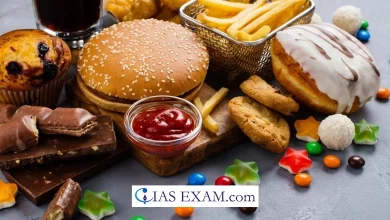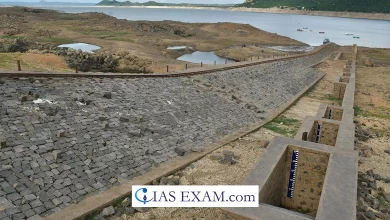How LPG Subsidy in India can be redesigned to privilege Low-Income Households
GS Paper 3 - Indian Economy, Infrastructure: Energy, Ports, Roads
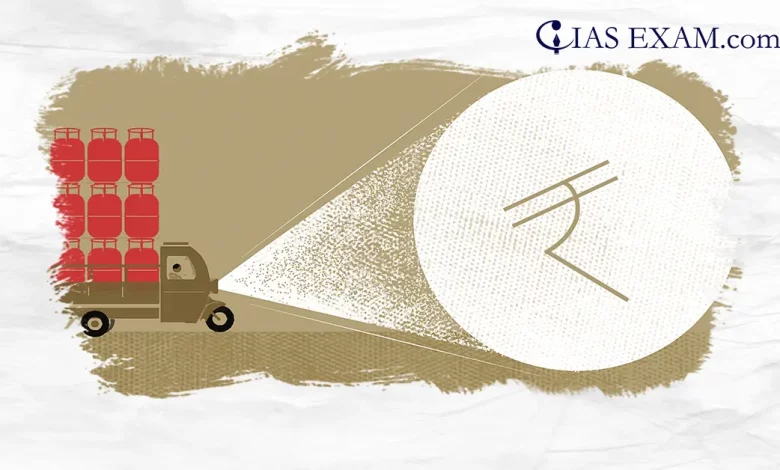
Context – In India, the provision of LPG subsidies has been a crucial component of welfare policies aimed at ensuring access to clean cooking fuel, particularly for low-income households. However, the current subsidy structure faces challenges in effectively targeting those most in need.
The article highlights the challenges faced by low-income households in India in accessing LPG refills despite government subsidies under the Pradhan Mantri Ujjwala Yojana (PMUY). It suggests reforms to the existing subsidy program to make it more effective, including on-time subsidy transfers and the use of digital payment solutions.
Importance of LPG Subsidy
- Access to clean cooking fuel is essential for public health, environmental sustainability, and socio-economic development.
- LPG, a clean and efficient energy source, plays a vital role in improving household air quality and reducing indoor pollution, which disproportionately affects women and children in low-income households.
- Moreover, the transition from traditional biomass fuels to LPG contributes to mitigating deforestation and combating climate change. Thus, ensuring equitable access to LPG is not only a matter of social justice but also aligns with India’s commitments to sustainable development.
- The Pradhan Mantri Ujjwala Yojana (PMUY) aims to provide LPG access to low-income households in India.
- Despite subsidies, many households still rely on biomass for cooking due to liquidity constraints. Existing subsidy policies have evolved rapidly, but they may not adequately address the needs of PMUY households.
- Data analysis reveals that PMUY consumers are sensitive to the amount and timing of refill subsidies. Upfront subsidies, like those provided during the Pradhan Mantri Garib Kalyan Yojana (PMGKY), can significantly increase LPG usage.
- Fin-tech solutions, such as electronic subsidy transfers and digital vouchers, can alleviate the financial burden of refill purchases.
Challenges in Targeting Low-Income Households
Despite its importance, the current system of LPG subsidy distribution faces several challenges in effectively reaching low-income households:
- The existing subsidy mechanism relies on a generalized approach, where subsidies are provided uniformly to all consumers, regardless of their income levels:
- This one-size-fits-all approach lacks precision and fails to address the specific needs of vulnerable populations.
- Consequently, a significant portion of the subsidy benefits accrues to higher-income groups, while many low-income households remain underserved.
- Ensuring subsidy benefits reach the intended beneficiaries without leakage.
- Addressing liquidity constraints faced by low-income households.
- Educating households about subsidy timing and logistics.
- Overcoming credit constraints, especially for daily wage earners.
- Implementing digital payment solutions effectively in rural areas.
Measures that can be taken to Redesign LPG Subsidy
To privilege low-income households in India, the redesign of the LPG subsidy requires a targeted and inclusive approach that addresses the unique socio-economic circumstances of different demographic groups. Several strategies can be considered to achieve this objective:
- Geographic Targeting: Implementing geographic targeting mechanisms can help identify regions with higher concentrations of low-income households and prioritize subsidy distribution in those areas.
- Income-Based Subsidy Gradation: Introducing income-based gradation in LPG subsidy eligibility criteria can ensure that the subsidy benefits are directed towards those who need them the most.
- Direct Benefit Transfer (DBT) Mechanism: Leveraging digital technologies and Aadhaar-linked bank accounts, the Direct Benefit Transfer (DBT) mechanism can facilitate efficient and transparent delivery of LPG subsidies directly to beneficiaries.
- Awareness and Outreach Programs: Enhancing awareness and outreach programs can play a pivotal role in ensuring that low-income households are aware of their entitlements and how to avail themselves of LPG subsidies.
Way Forward
- Redesigning the LPG subsidy to privilege low-income households in India requires a multi-dimensional approach that addresses both supply-side and demand-side challenges.
- Policymakers must prioritize equity and social inclusion in subsidy design and implementation, recognizing that access to clean cooking fuel is a fundamental human right.
- Moreover, collaboration between government agencies, civil society organizations, and private stakeholders is essential to overcome institutional barriers and foster innovation in subsidy delivery mechanisms.
Conclusion
Reforming the LPG subsidy represents a critical step towards advancing socio-economic development, public health, and environmental sustainability in India. By adopting targeted and inclusive policies, India can ensure that the benefits of clean cooking fuel reach those who need them the most, thereby fostering equitable and inclusive growth across the country. By addressing these challenges and implementing innovative solutions, India can enhance LPG access for low-income households and accelerate its energy transition goals.
SOURCE: The Indian Express





.png)
